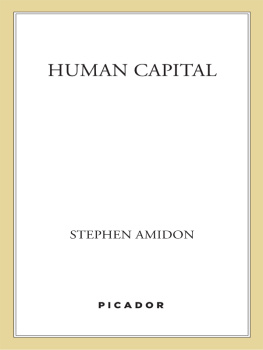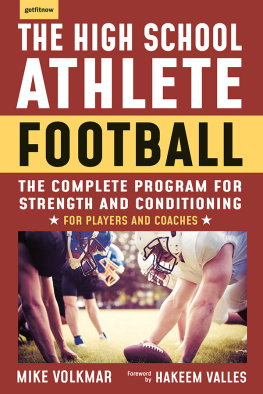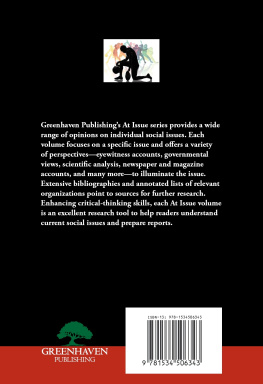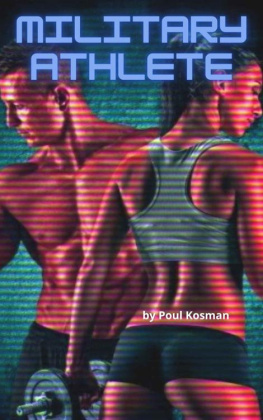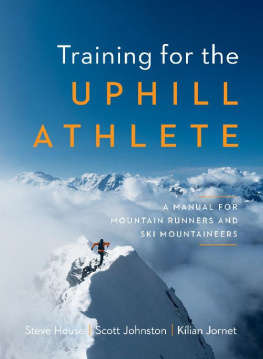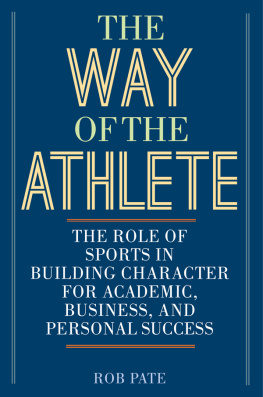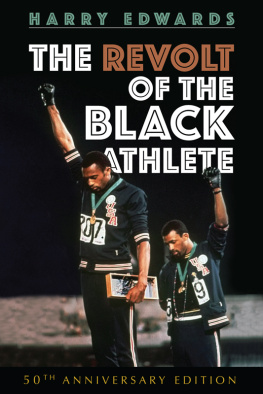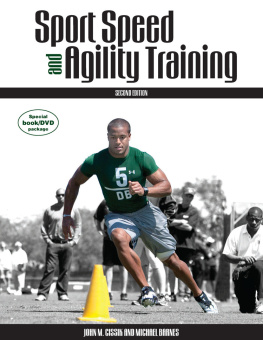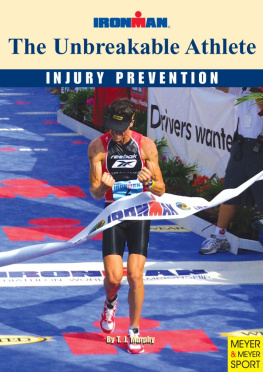

For Alexander
The race of men is one thing, that of the gods is another.
There is a total difference in power so that we are nothing
while the bronze heaven remains the gods secure seat forever.
But neverthelesswe can become something like the gods,
through excellenceexcellence of mind or of body;
even if we dont know from day to dayor night to night
what finish line fate has marked for our run.
P INDAR
CONTENTS
THE FACADE
I t was 1969 and I was making my first visit to Yankee Stadium. I was 10 years old. Following the Yankees had become an obsession for me, despite the fact that it was one of those rare times in their history when they had no chance of making the World Series. I listened to as many of their games as possible on my transistor radio, read box scores as if they contained coded messages, wrote letters to the Bronx asking for autographed photos of my favorite players. I accumulated baseball cards even after my allowance ran out, occasionally taking advantage of the perfect fit of the Topps packet into the back pocket of my blue jeans, a convergence that turned an entire generation of American boys into potential petty larcenists. I would then recklessly trade away any card bearing the image of a non-Yankee, never doubting that the names Tresh, Kenney, and Bahnsen would one day enter the pantheon of immortals. I read book after book about the team and its legends. If you asked meand people were already learning not toI could tell you just about anything you wanted to know about the most famous sports franchise in American history.
It was Bat Day. In a practice symbolic of the eras prosperity, kids passing through the turnstiles were given a free Louisville Slugger. Not some cheap facsimile, but a real wood bat you could actually use back home in your pickup games. The stadium was already half full when we arrived. As we ascended to our seats in the upper deck, I could hear a crackling sound cutting through the oceanic stadium noise. Thousands of bats tapping against concrete and metal. After a climb that seemed to take us higher than the top of the Empire State Building, we entered the stadium itself. Upper tier, first base side, just a few rows back from the edge. Anyone who steps into a great stadium for the first time will know what I felt. The vertigo that comes not just from being on a steep terrace so high above the ground, but also from the sense that this is sacred space, that the air here is different from that out in the parking lot or back home. Later Id enter Notre Dame de Paris and Carnegie Hall. Id stand at the lip of the Grand Canyon and fly over a smoldering volcano in Iceland. They did not even come close.
Once wed settled into our seats, I set about my private mission: to locate the spot Id been desperate to see ever since Id learned we would be coming to the stadium. Not the dugout or the pitchers mound. Not the three famous monuments in fair play deep in center field, an array that DiMaggio supposedly once ran behind to catch a towering fly. (Every 10-year-old in the stadium could tell you that two of the monuments commemorated Gehrig and Ruth; how many knew, as I did, that the third honored Miller Huggins?) No, the point I wanted to see was on the ornate facade, as it was called, that hung above the upper deck of the right field stands. Id first become aware of this particular spot in a picture book Id found in the local library. Great Moments in Baseball History, I think it was called. The photo in question was a panorama of the stadium, taken from the third base line. In it, players and fans were too small to be distinguishable. What you could not miss, however, were the two bold lines that had been drawn on the photos surface. The first angled from home plate up to my magical spot at the top of the stadium. The second line dropped back down from that point to the outfield. Two sides of a right triangle of epic proportions.
According to my book, these lines traced the trajectory of the hardest hit baseball in human history. It had happened on May 22, 1963, in the 11th inning of a game against the Kansas City As. The batter, of course, was Mickey Mantle. Although the painted photo had been impressive enough, it was not until I sat in my rickety seat that I understood the majesty of Mantles shot. Once I had conferred with my brother to be sure I had picked out the proper point of impact, I tracked back to home plate. And then I looked back at the facade. And then back at home plate. This went on for a while, my eyes tracing and retracing the photographs long ascending line. As those gift bats continued to ring out their fractured symphony around me and the sluggish stadium organ began to play, I entered a sort of trance. I had never experienced this sort of awe. My young brain could not process it. By all accounts, the ball was rising when it hit the facade. Everyone present on that mythical day, even seasoned players, swore that the sound Mantles bat made when he got hold of the ball did not sound like anything they had ever heard. Yogi Berra, with his catchers reflexes, was the first to leap from the dugout, shouting Thats it! as he tracked the shot. As if this was the moment everyone had been waiting for since the day the stadium opened forty years earlier.
I could not understand how it was possible to hit a ball like that. I had arms, Id swung a bat. I had even made pretty good contact a few times. But this bore no relation to anything I could have ever done. What I was looking at was simply beyond the realm of human ability. I also became aware of something else I hadnt expected to feel. The tragedy of that hit. If it hadnt been for that unnecessary bit of architecture (I have never had much taste for fancy facades since), the ball would have been the first to leave the stadium in fair territory. Ruth, Gehrig, DiMaggiono one had ever hit a shot like that. Some people estimate it could have traveled over 600 feet before landing.
He was gone by the time I went to the stadium, of course. He had announced his sad retirement earlier that spring. It was years before Id learn that he was not exactly the golden boy of my books. That hed had an elaborate facade of his own. I would read all about the drinking, the hangovers, the mistresses, the contempt he could display for fans like me. The fact that he was a bad dad and a worse husband. Later, Id watch his sad demise from liver cancer, and then listen to the outraged speculation that hed jumped the donor waiting list for a transplant that had scant chance of saving him. Id come to see that damned piece of architecture as symbolic of his injury-riddled career. Just a little bit higher, a little more lift, and he would have easily been the greatest ever. Id watch Mark McGwire and Sammy Sosa perform their juiced-up tango; Id try not to watch as Barry Bonds hit balls into San Francisco Bay with a glum arrogance that could not hide his guilt. But no subsequent knowledge would diminish the awe I felt that day. The sense that something had happened in this place that was not quite of this life, and that simply by sitting in that folding blue seat six years afterward, my Keds sticking to the beer-sodden concrete beneath me, I was taking part in it.
The athlete has always been able to transport us out of our daily lives. He was once even considered to be a shaman. Long before stadiums and arenas, before leagues and tournaments and championships, before the NBA and the NFL, Wimbledon and the World Cup, the athletes games were rituals. His sole intent was to please the gods. Through his exertions, he believed he could conjure rain, cure illness, and bring fertility to crops and animals. The athletes rituals could be found in most ancient cultures. Mayans and Aztecs played an elaborate ball game that would end with players being sacrificed to their divine spectators (though it remains unclear whether those slaughtered were the games winners or losers). In ancient Crete, young Minoan men would grab bulls by the horns, causing the furious beasts to fling them into the air, whereupon they would perform elaborate flips and twists that were believed to increase the fertility of both human and animal. And in Greece, pilgrims would gather at a shrine to Zeus in a remote spot called Olympia, where worship of their muscular god involved a series of running, wrestling, and throwing contests that would ultimately evolve into the most famous athletic festival of all.
Next page

